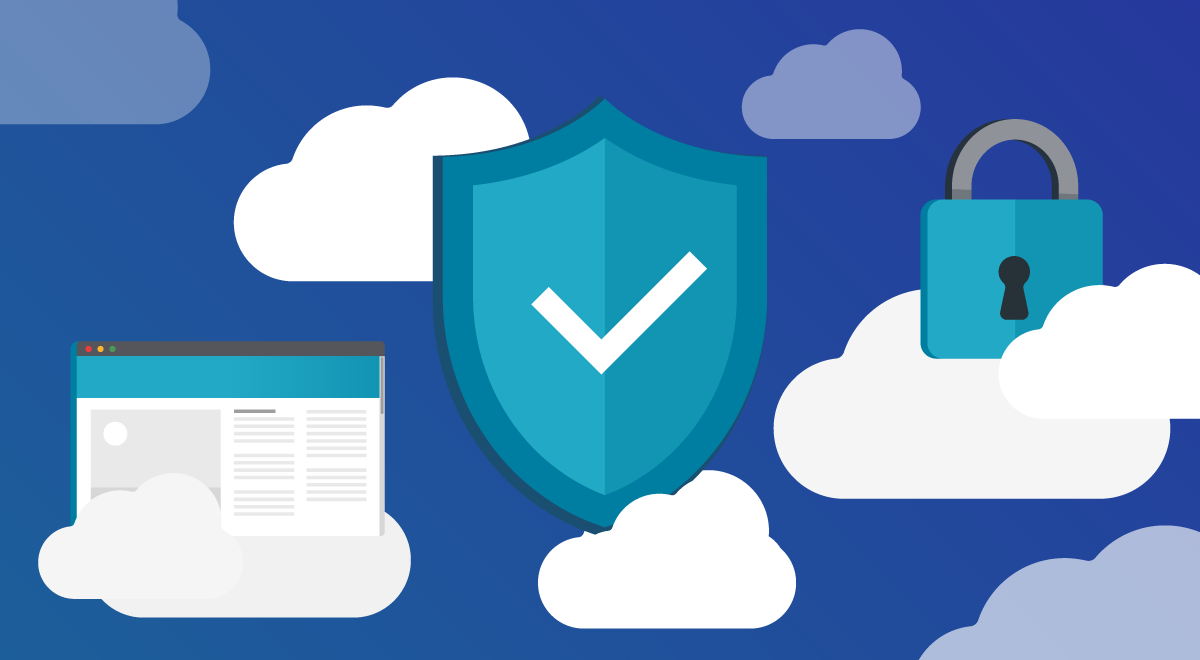According to CSO the fines incurred for data breaches or non-compliance with security and privacy laws, for only a handful of companies, has cost $4.4 billion. The global average cost of a data breach in 2023 was $4.45 million, a 15% increase over 3 years (IBM).
The challenge for organizations is how to safeguard sensitive information while adhering to the law, but without compromising innovation. Cyber threats loom large, affecting businesses in every industry.
Financial services organizations, in particular, stand as prime targets for cybercriminals, given the lucrative nature of their data. Ransomware attacks, for instance, impacted a significant 74% of global financial institutions in 2021–2022.
Attackers increasingly exploit poorly configured cloud services; a single security misconfiguration buried deep within a cloud stack can provide hackers with a gateway to unauthorized access.
Staying compliant with cybersecurity standards and governmental regulations is a daunting task that seems to grow more complex by the day. And, with the growing transition to cloud-based environments, security leaders must strike a delicate balance. How can they effectively address cloud security and compliance challenges without impeding product development and growth?
Navigating the complexities of compliance
Managing compliance now means contending with a myriad of standards and regulations, some mandatory, some optional, some region-specific, and many overlapping. These include technical standards such as NIST and ISO, data security standards like PCI-DSS, and governmental regulations such as GDPR, SOC, and DISA, creating a veritable acronym soup of rules and regulations. Failure to meet these standards and regulations carries substantial risks, including damage to reputation and the aforementioned fines.
Beyond compliance, cloud security remains paramount and to mitigate evolving threats and reduce risk, security leaders must embrace solutions designed for cloud-native environments. Prioritizing vulnerabilities, real-time threat detection, misconfiguration identification, activity auditing, and compliance measurement are critical components of securing cloud assets.
Meeting the compliance and security challenge
Point solutions that need to be integrated are no longer effective for the compliance and security requirements imposed by regulators. They provide too many opportunities for vital alerts to be missed and too many possible opportunities for breaches.
To fully harness the agility and speed offered by cloud technology, organizations require a robust cloud-centric security architecture and adaptable tools for enhanced visibility and control.
Developers need integrated tools and security platforms that align with open standards, reducing the burden of alert fatigue and allowing them to focus on product development.
Adopting a cloud-native application protection platform (CNAPP), offers a comprehensive solution that provides enhanced visibility and control over the entire cloud-native application stack. CNAPPs facilitate real-time knowledge of your cloud environment, streamline workflows, provide data correlations, deliver meaningful insights, and support remediation efforts.
Implementing a CNAPP allows organizations to elevate security across all facets of their cloud infrastructure and cloud-native applications. Embedding CNAPP security from the earliest stages of development through production ensures the highest levels of security and compliance integrity.
How Sysdig can help
Sysdig helps organizations secure their cloud environments and accelerate innovation. With cloud and container security solutions that offer a unified view of risk, security teams can prioritize and address issues proactively, ensuring both compliance and security. With Sysdig, organizations can harness the benefits of cloud services while mitigating cyber threats effectively.
- Cloud Detection and Response: Multilayered threat detection, incorporating Falco-based policies and Machine Learning (ML) detections, empowers organizations to respond confidently to threats targeting workloads, cloud services, and identities.
- Compliance and Posture Management: Sysdig provides built-in compliance tools that help organizations assess their security posture, swiftly identify and rectify misconfigurations, and adhere to best practices.
- Vulnerability Management: Security teams can leverage Sysdig’s tools to identify and prioritize vulnerabilities based on real risk exposure, expediting the path to security and compliance.
- Entitlement Management: Sysdig enhances visibility into cloud identities and permission management, eliminating excess permissions and enforcing least privilege access.
In conclusion, the cloud has ushered in a new era of business operations and innovation. Businesses are successfully capitalizing on cloud technology to achieve unprecedented agility. However, the key to this success lies in ensuring compliance and security while minimizing risks. Sysdig’s platform empowers modern organizations to embrace cloud and cloud-native applications securely, effectively preventing, detecting, and mitigating cloud threats while maintaining compliance.


